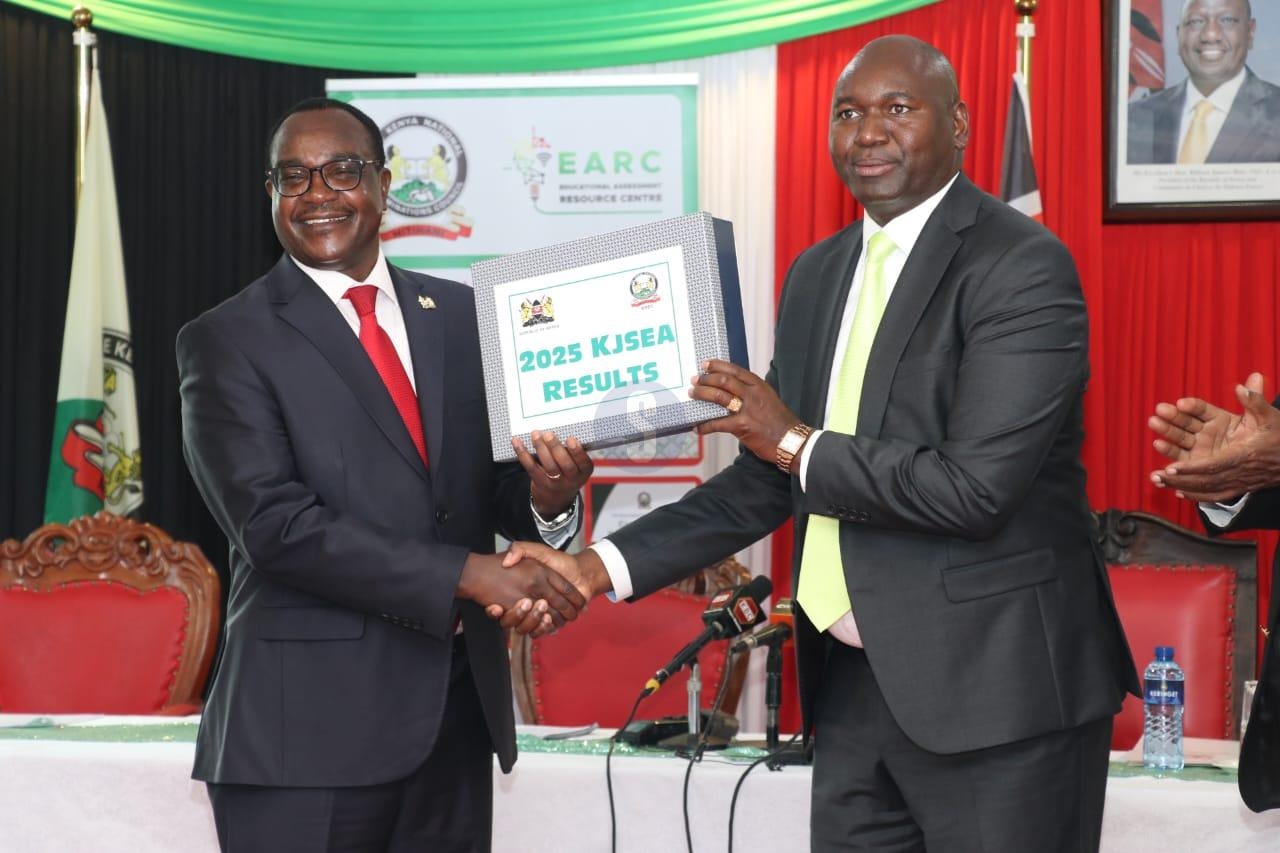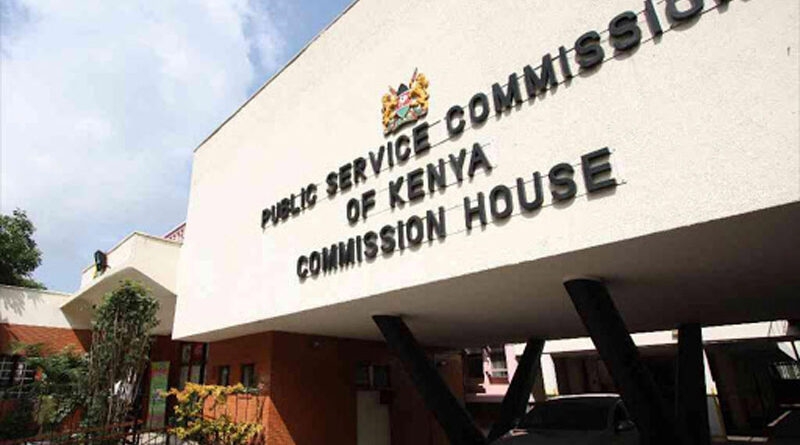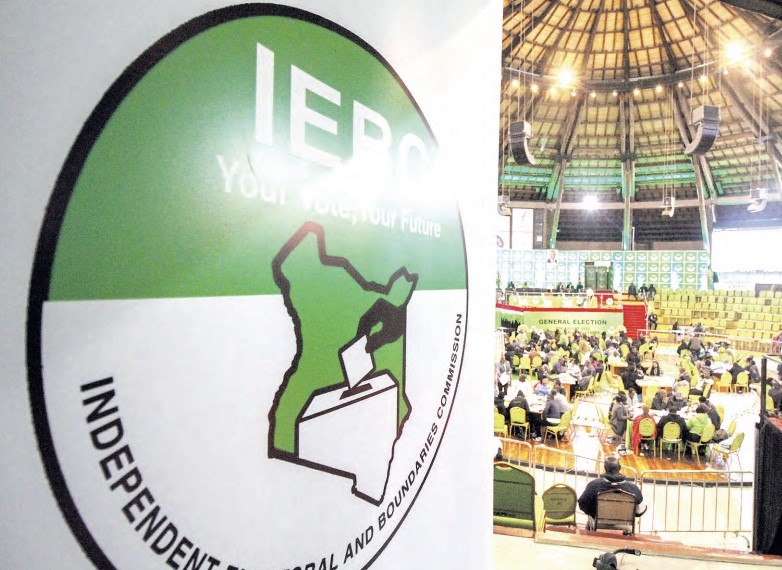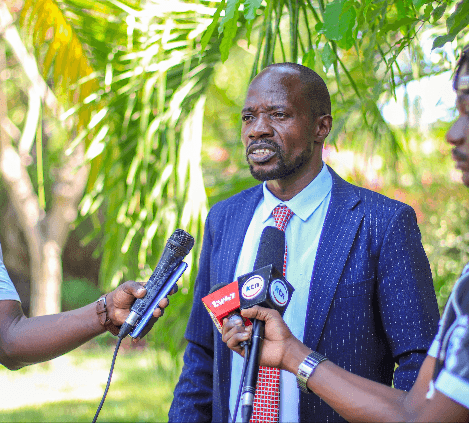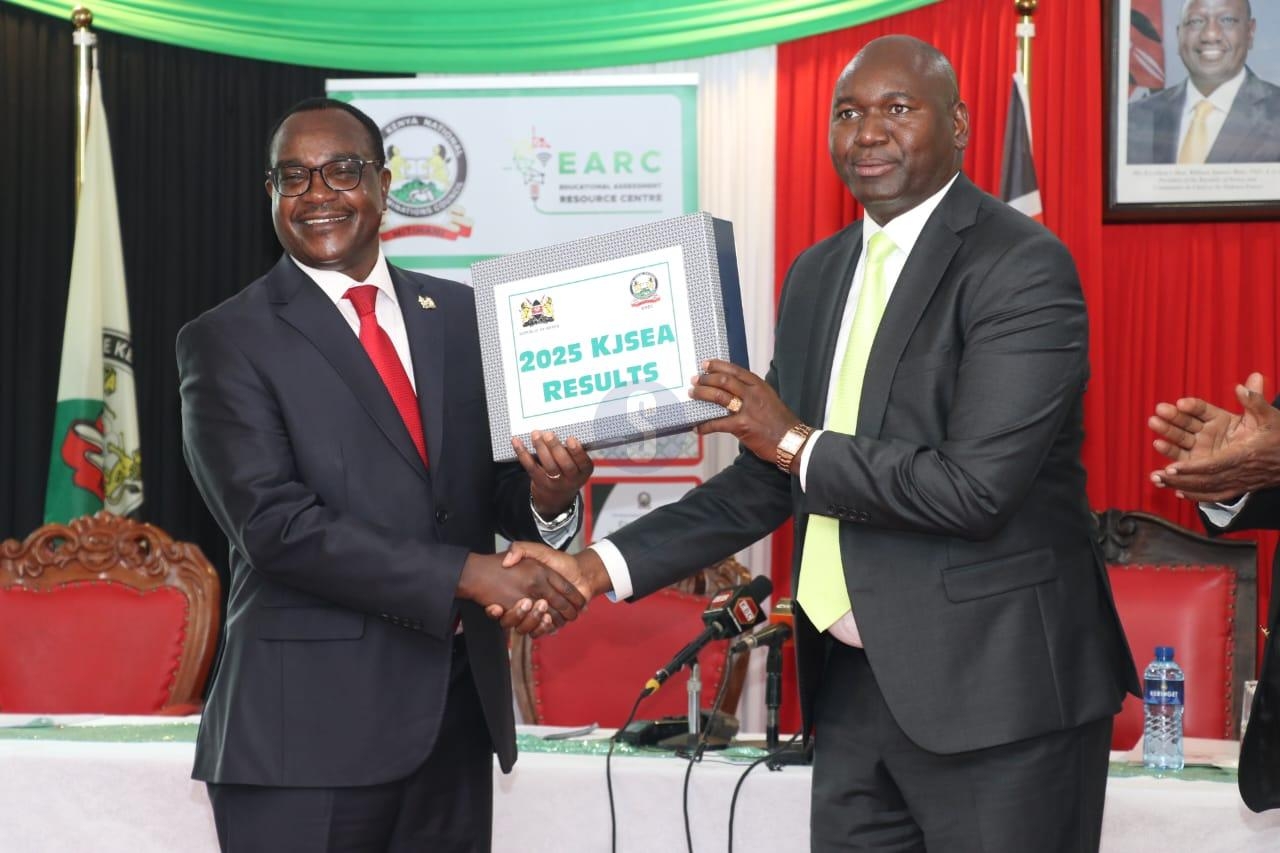 Nascop boss Dr Andrew Mulwa in Mombasa during Kenya’s World Hepatitis Day commemoration.
Nascop boss Dr Andrew Mulwa in Mombasa during Kenya’s World Hepatitis Day commemoration.
One in every four residents of Mombasa who inject drugs is infected with hepatitis C, a viral disease that attacks the liver and can lead to chronic liver failure, cancer, or death if left untreated.
Unlike hepatitis B, which is mainly spread through unprotected sex, hepatitis C is primarily transmitted through contact with the blood of an infected person, mainly through sharing contaminated needles or syringes. Many people live with the virus for years without knowing until the damage is irreversible.
Speaking in Mombasa during Kenya’s World Hepatitis Day commemoration, Dr Andrew Mulwa, head of the National AIDS and STIs Control Programme (NASCOP), said the risk is particularly high among people who inject drugs.
“Since 2015, NASCOP has led the national response to viral hepatitis with a particular focus on hepatitis C among people who inject drugs,” he said.
“Over 1,000 individuals have been identified to date, with Mombasa emerging as a key hotspot. In fact, our 2015 survey revealed an exposure prevalence of 22 per cent among people who inject drugs in Mombasa, and as of 2024, this has risen to 25.4 per cent, the highest in the country.”
Globally, hepatitis is one of the deadliest infectious diseases, claiming 1.3 million lives each year, the same number as tuberculosis. Yet it remains neglected and underfunded in many health systems.
“Hepatitis remains one of the greatest public health challenges of our time,” Dr Mulwa said.
“Despite this reality, our commitment towards eliminating hepatitis is unwavering. Through concerted efforts, we now have better tools, data, and interventions than ever before.”
He noted that highly effective vaccines and curative therapies now exist for both hepatitis B and C, and are becoming more affordable.
“Treatment is available using effective Directly Acting Antiviral (DAA) regimens,” he said.
“This is a 3-month therapy with a proven 90 per cent cure rate. We’ve invested in training healthcare workers to improve identification, linkage, and clinical management of hepatitis cases.”
Still, prevention remains a major challenge and stigma, misinformation, and lack of awareness are keeping many Kenyans from seeking testing or care.
To address this, NASCOP is working with civil society groups to promote awareness, reduce stigma, and increase demand for services. Kenya has also taken bold policy steps in adopting harm reduction strategies — a crucial part of the response, especially among drug users.
“The Ministry of Health, through NASCOP, has adopted harm reduction approaches as part of our national hepatitis prevention strategy,” Dr Mulwa said.
“These include needle and syringe programmes, opioid substitution therapy, overdose prevention, and support for sustainable livelihoods among people who inject drugs.”
He also drew attention to a deeper issue: the strong links between hepatitis and alcohol and substance abuse in the wider population.
“Over 10 per cent of Kenyans aged between 15 and 65 are affected by alcohol use disorders, with 60 per cent presenting with severe dependence,” he said.
“Alarmingly, NACADA data shows that one in five adolescents had used a substance by 2019.”
Beyond prevention and treatment, Kenya is also targeting mother-to-child transmission of hepatitis B, alongside HIV and syphilis, under the Triple Elimination agenda.
“In line with the Presidential Declaration of ending AIDS in children by 2027, we are committed to eliminating vertical transmission of HIV, syphilis, and hepatitis B,” Dr Mulwa said.
“Our goal is to protect the health of every newborn by ensuring access to treatment and lifelong prevention.”
The theme of this year’s World Hepatitis Day was “Let’s Break It Down,” highlighting the need for collaborative action to dismantle the barriers of stigma, misinformation, and limited access to care for a Hepatitis Free Kenya.
Speaking during the event, the Chief Guest, Dr. Patrick Amoth, the Director General-Health, urged collective action to eliminate hepatitis as a public health threat, highlighting the heavy toll the disease takes on the continent. “Africa bears 63 per cent of the global hepatitis B burden, with over 64 million affected and more than 124,000 deaths annually,” he noted.
Also in attendance were Dr. Issack Bashir, Director of Family Health; Dr Nazila Ganatra, Head of viral hepatitis Implementing Partners; and local leaders from county and community levels.
The leaders called for increased awareness to inform Kenyans who remain unaware of their status due to the silent nature of the disease, which can progress without symptoms for years. This lack of awareness contributes to delayed diagnosis and treatment, increasing the risk of liver cirrhosis and cancer.


